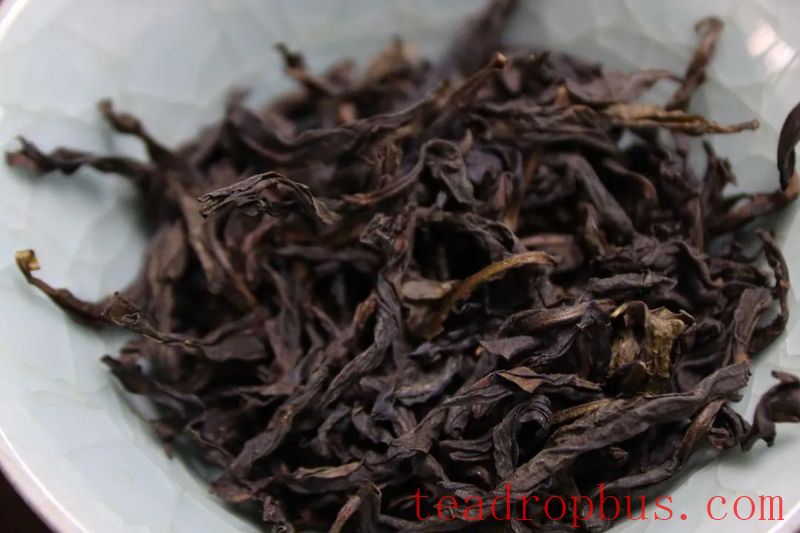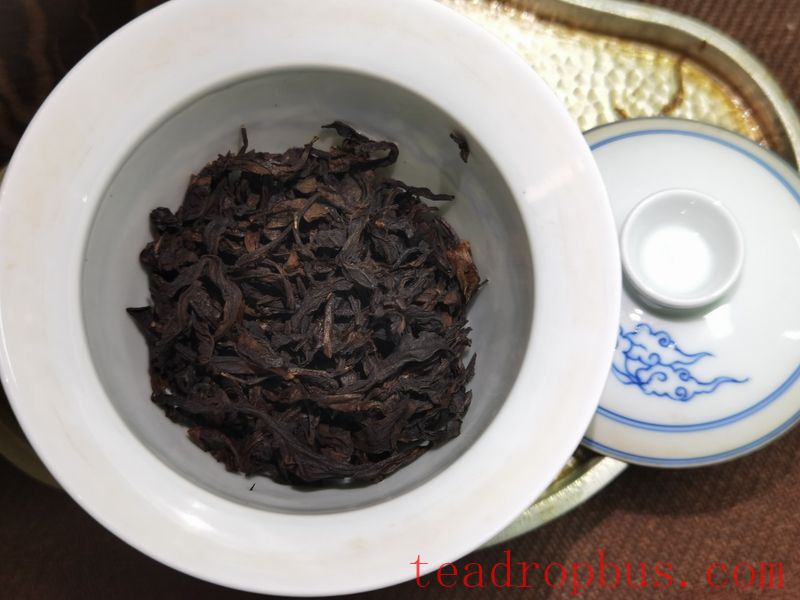
The rock-like character and floral fragrance of Wuyi Yancha are favored by many Tea enthusiasts.
Some have asked, “Pu'er and white tea can be stored long-term and improve with age, can Yancha also be stored long-term?”
Our response has always been that under suitable conditions, Yancha can be stored for a long time. However, some tea lovers remain skeptical, believing that long-term storage may affect product quality.
On January 30, 2025, the Wuyishan City Market Supervision Administration published: Interpretation of the Shelf Life in GB/T 18745-2006 “Geographical Indication Product Wuyi Yancha”
Here are the key points!!!
① GB/T 18745-2006 “Geographical Indication Product Wuyi Yancha” removed the limit on shelf life and specified storage conditions: storerooms should be well-ventilated, dry, clean, cool, and shielded from direct sunlight. They must not store items that are toxic, have a strong odor, are damp, prone to pests, or easily contaminated.
② According to traditional processing methods for Wuyi Yancha, under storage conditions compliant with GB/T 30375, companies can label the shelf life based on the degree of Roasting. They can also test stored teas and, if they find that long-term storage does not affect product quality, they can mark on the outer packaging, under conditions complying with GB/T 30375 for Oolong Tea storage, that “This product can be stored long-term.”
③ Academician Liu Zhonghua's analysis of over 20 years of Wuyi Yancha samples found, through research, that aged Wuyi Yancha does not produce substances harmful to human health.

Note, the condition for long-term storage is compliance with the specified storage conditions.
What should we do when Drinking Tea daily?
Remember three points: avoid light, prevent moisture, and avoid odors.
Avoiding Light:
This is easy to understand—avoid direct sunlight, no sun exposure! Including artificial light!
Both natural and artificial light can affect the quality of tea. Light is not only thermal energy but also chemical energy, and tea is sensitive to light.
During storage, pigments and lipids in tea may undergo photochemical reactions due to exposure to light, leading to darkening of the tea, loss of nutrients, and significant degradation of aroma and taste.

Preventing Moisture:
When the moisture content of tea reaches 8.8%, there is a possibility of mold growth;
At 12%, if the temperature is suitable,
mold will grow rapidly, forming mold spots and fungal threads on the tea.
How to Identify If Tea Has Absorbed Moisture
Pinch a small amount of tea between your fingers; if it crumbles into powder, it indicates mild moisture absorption;
If the tea crumbles into clumps or strips, it indicates moderate moisture absorption;
If the tea retains its original shape or changes little, it indicates severe moisture absorption.
There are various storage methods available online, but we won't delve into them. Instead, here's one simple tip:
Purchase tea from reliable sources and choose high-quality tea that has been properly processed and roasted. This saves you worry.
Have the seller package the tea in blocks of 8.3 grams each, then use a tasteless, hole-free, sealed, high-density plastic food bag. Place the tea inside, seal the bag tightly, and when you drink, take out just one block at a time. Each serving is stored separately, so when you take tea out daily, the rest remains unaffected. As shown below, each package resembles a small cube, and the inner lining and exterior provide protection, preserving the integrity of the tea and reducing waste.

If, hypothetically, your tea becomes damp, don't think about drying it in the sun; as mentioned earlier, you should avoid light;
Don't even consider putting it in an oven or microwave to dry it. Roasting tea is not as simple as you might think, and if you do this, you'll end up with charcoal-flavored tea.
Preventing Odors:
Tea easily absorbs odors. Wrap purchased tea in a tasteless, hole-free, sealed, high-density plastic food bag and store it in a dry place. Avoid storing tea with items that have a strong odor, such as camphor balls, soap, perfume, or cigarettes.
By the way, unless the tea is particularly valuable, why not just drink it? One serving requires 8.3 grams, and a pound contains around 60 servings. Drinking two servings a day means the tea will be finished within a month. Instead of worrying about improper storage, let it quickly enter your belly.
If you've stockpiled a lot of expensive tea, you probably don't lack the funds to re-roast it or establish a proper tea storage space.
If there are any copyright issues, please contact us for removal.